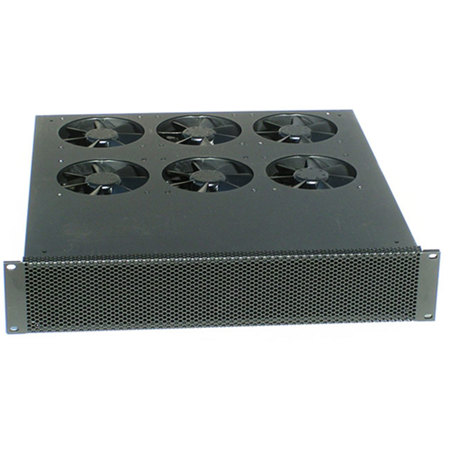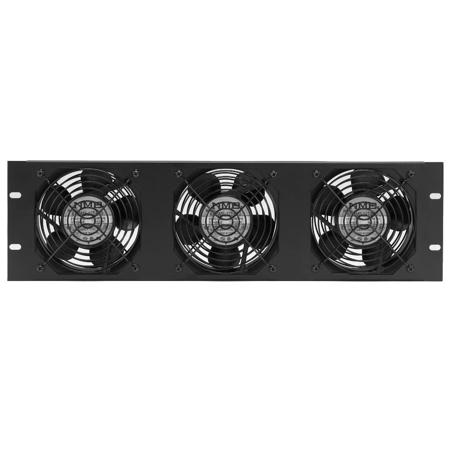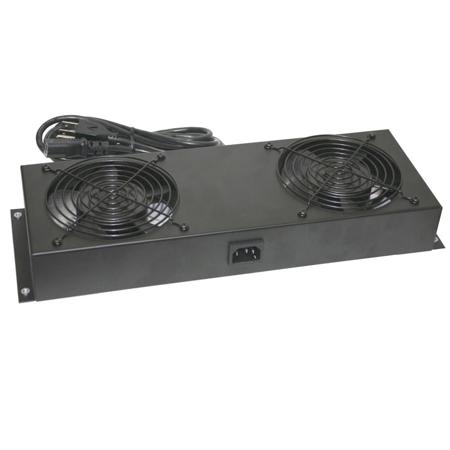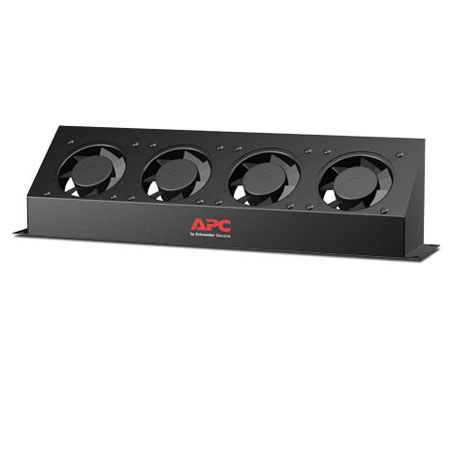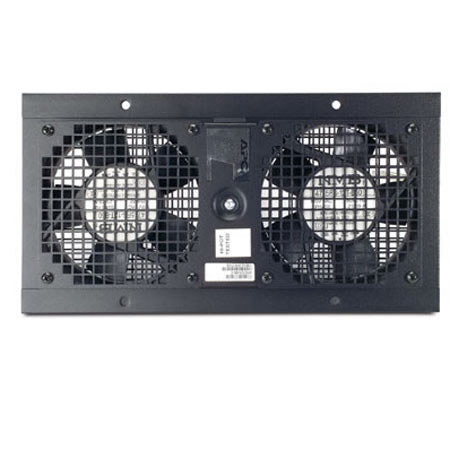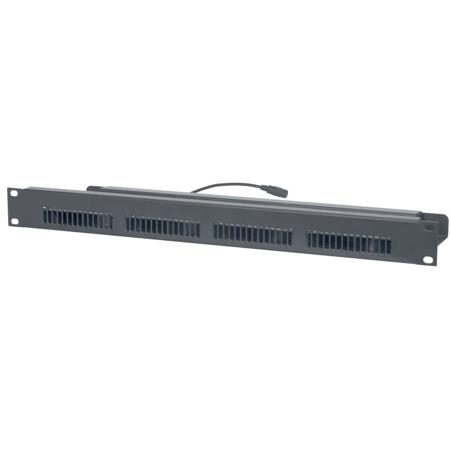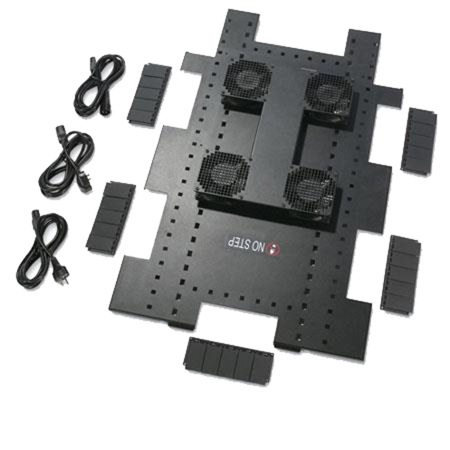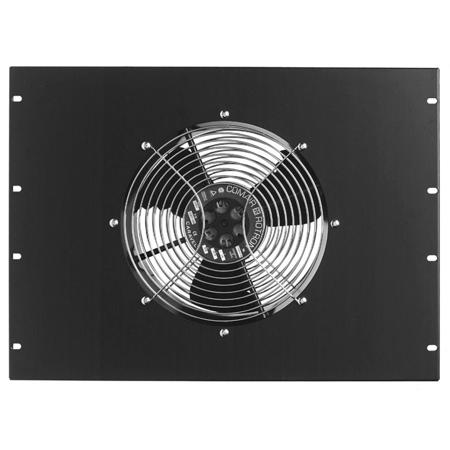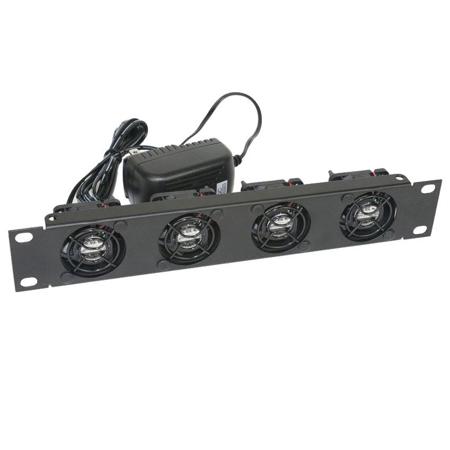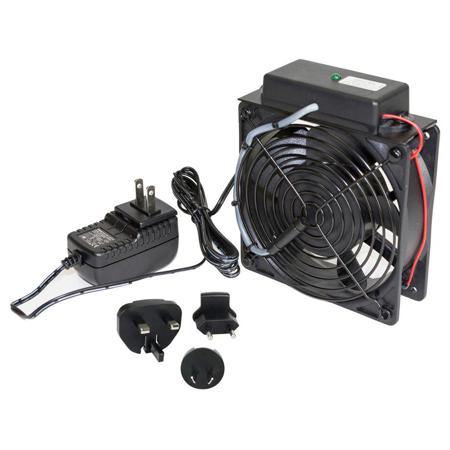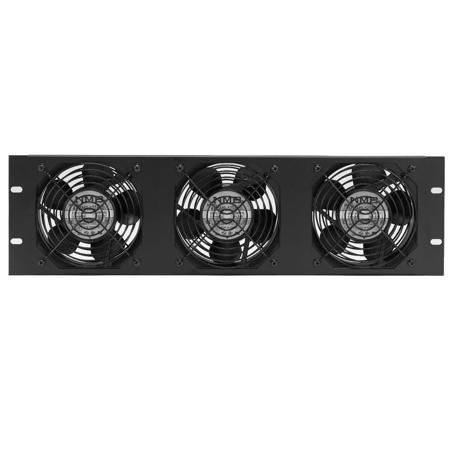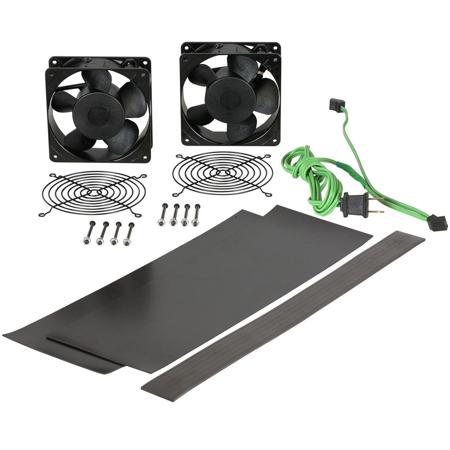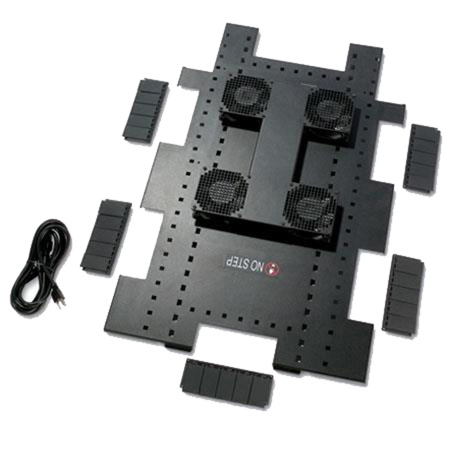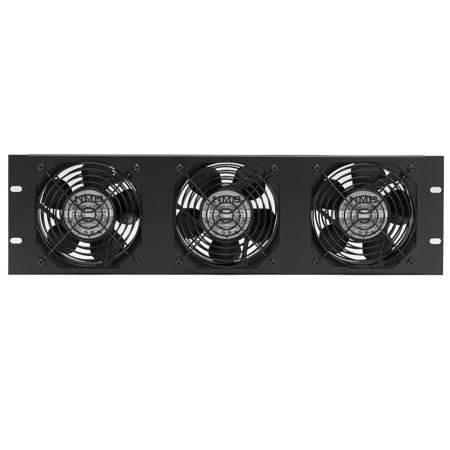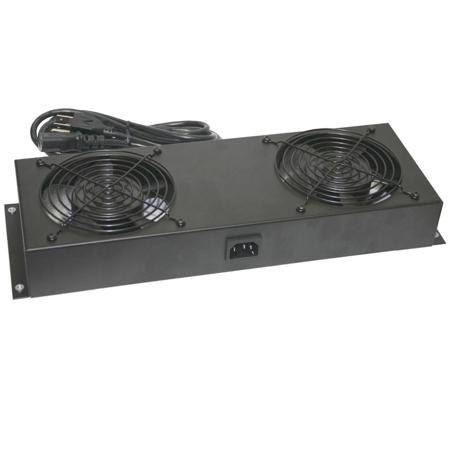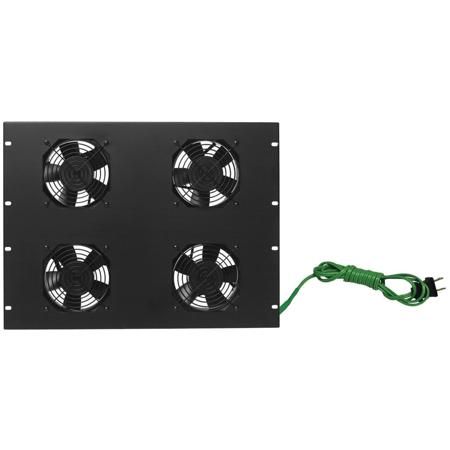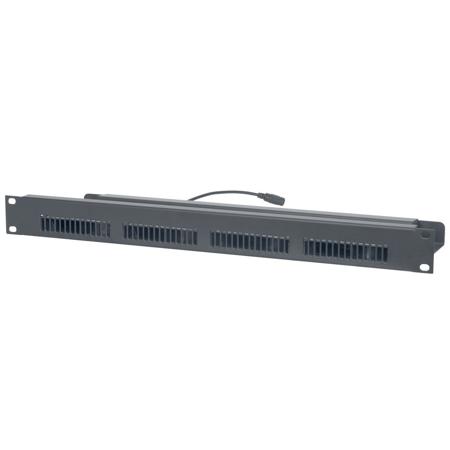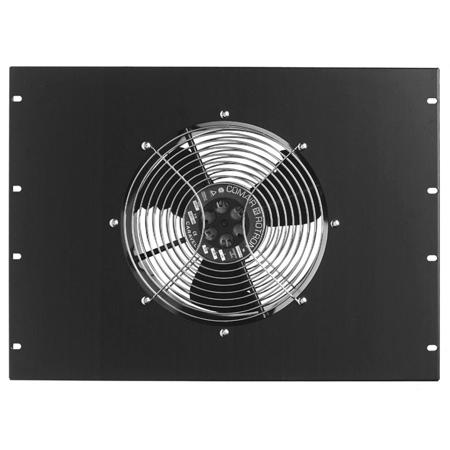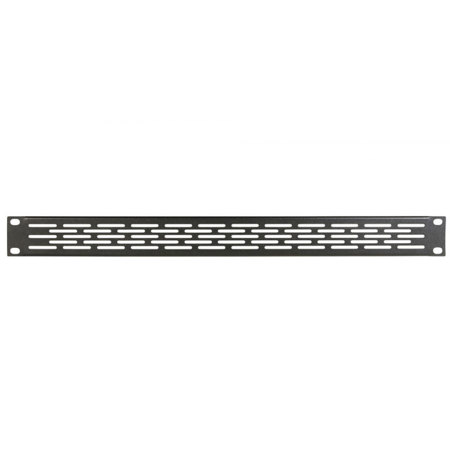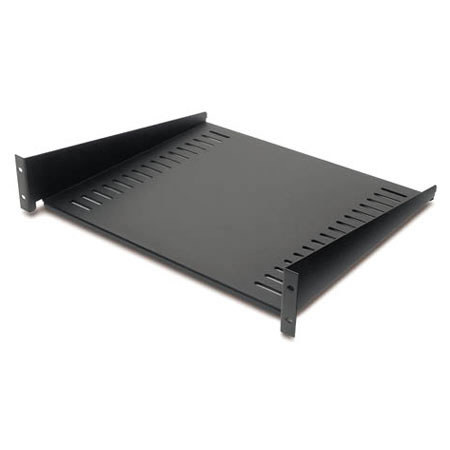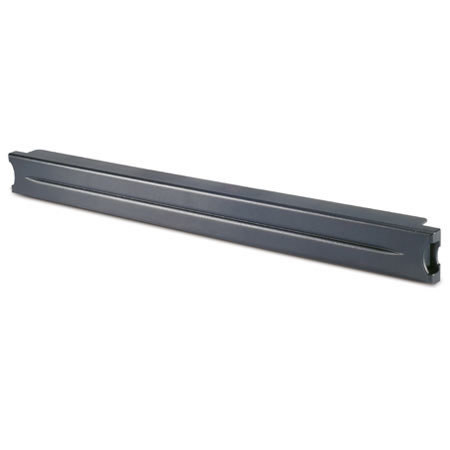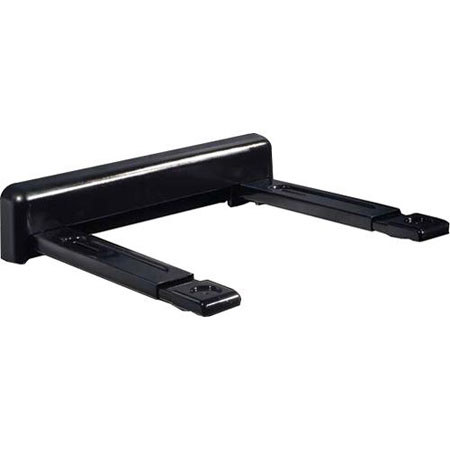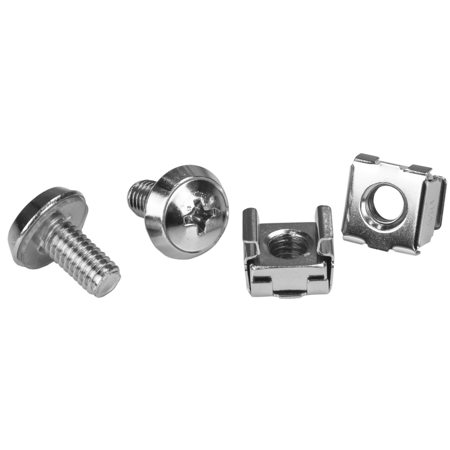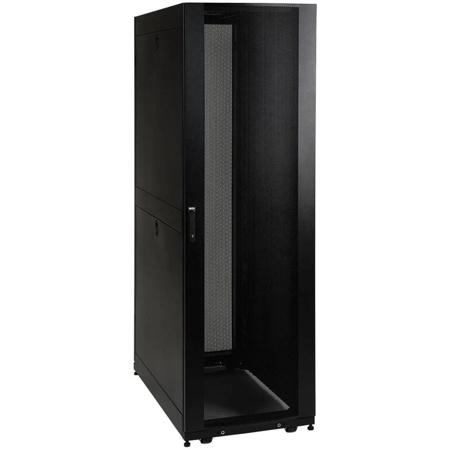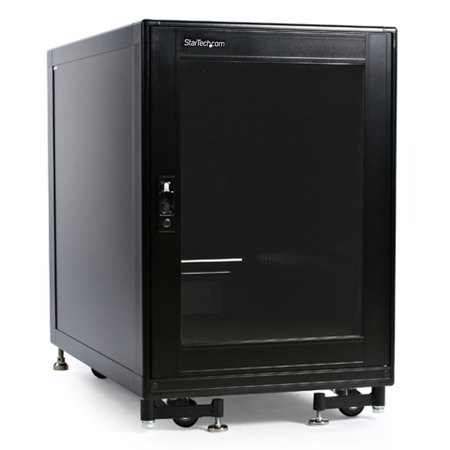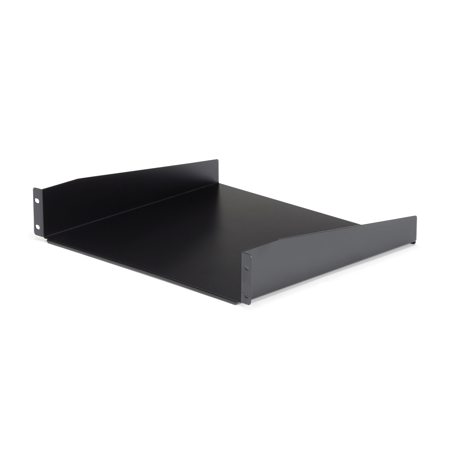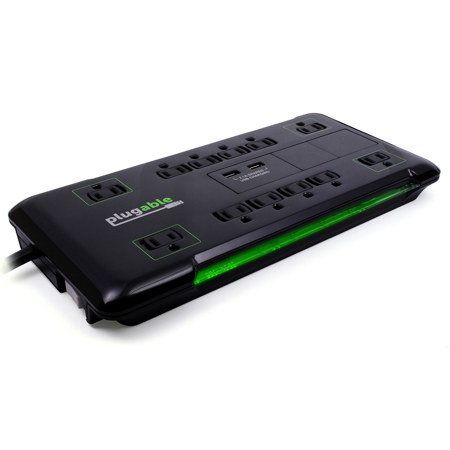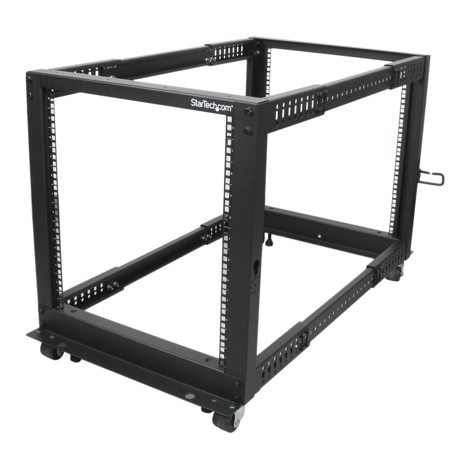Server Rack Cooling
In the world of advanced technology and high-powered computing, ensuring the longevity and efficiency of server equipment is paramount. Server rack cooling systems are essential components in the maintenance of a stable and reliable network environment, particularly in data centers, IT labs, and telecommunication facilities. These systems are designed to manage the heat produced by server racks that, if left unchecked, could lead to overheating, system failures, or even permanent damage to expensive and critical hardware. As we navigate through the colder months of January, it's a timely reminder that the external cold doesn't affect the internal operations of heated server rooms, which can still reach critical temperatures without proper cooling mechanisms in place.
The selection of a server rack cooling solution should be approached with a detailed understanding of both the server setup and the specific cooling needs it demands. Key considerations include the size of the server room, the density of the rack configurations, and the type of equipment housed. Cooling solutions range from passive cooling, which relies on natural airflow, to active cooling systems that include installed air conditioners, fans, or liquid cooling setups. Each type has its own benefits and is suited to different server sizes and room conditions. For those managing these environments, the choice of the right cooling system is not just a matter of hardware investment but a critical decision for operational stability and efficiency. Enhancing the cooling system with compatible Server Rack Doors can also optimize airflow and improve the overall effectiveness of temperature management in server setups.
For IT professionals, the responsibility of selecting and maintaining server rack cooling systems is often accompanied by personal experiences of trial and error. Many recount early career memories of server rooms buzzing with the monotonous drone of cooling fans, the chill of air-conditioned floors, and the constant monitoring of temperature gauges to ensure optimal performance. These systems aren't typically the focus of mainstream tech discussions but are the unsung heroes in the backrooms of tech advancements. They aren't the flashiest gifts under a tech enthusiast's tree, but for a professional managing company data and IT infrastructure, they are invaluable gifts of reliability and efficiency. As businesses continue to depend heavily on data processing and storage, the role of effective cooling systems remains crucial, making every decision in their selection and implementation a significant stride towards technological reliability and success.
The selection of a server rack cooling solution should be approached with a detailed understanding of both the server setup and the specific cooling needs it demands. Key considerations include the size of the server room, the density of the rack configurations, and the type of equipment housed. Cooling solutions range from passive cooling, which relies on natural airflow, to active cooling systems that include installed air conditioners, fans, or liquid cooling setups. Each type has its own benefits and is suited to different server sizes and room conditions. For those managing these environments, the choice of the right cooling system is not just a matter of hardware investment but a critical decision for operational stability and efficiency. Enhancing the cooling system with compatible Server Rack Doors can also optimize airflow and improve the overall effectiveness of temperature management in server setups.
For IT professionals, the responsibility of selecting and maintaining server rack cooling systems is often accompanied by personal experiences of trial and error. Many recount early career memories of server rooms buzzing with the monotonous drone of cooling fans, the chill of air-conditioned floors, and the constant monitoring of temperature gauges to ensure optimal performance. These systems aren't typically the focus of mainstream tech discussions but are the unsung heroes in the backrooms of tech advancements. They aren't the flashiest gifts under a tech enthusiast's tree, but for a professional managing company data and IT infrastructure, they are invaluable gifts of reliability and efficiency. As businesses continue to depend heavily on data processing and storage, the role of effective cooling systems remains crucial, making every decision in their selection and implementation a significant stride towards technological reliability and success.
